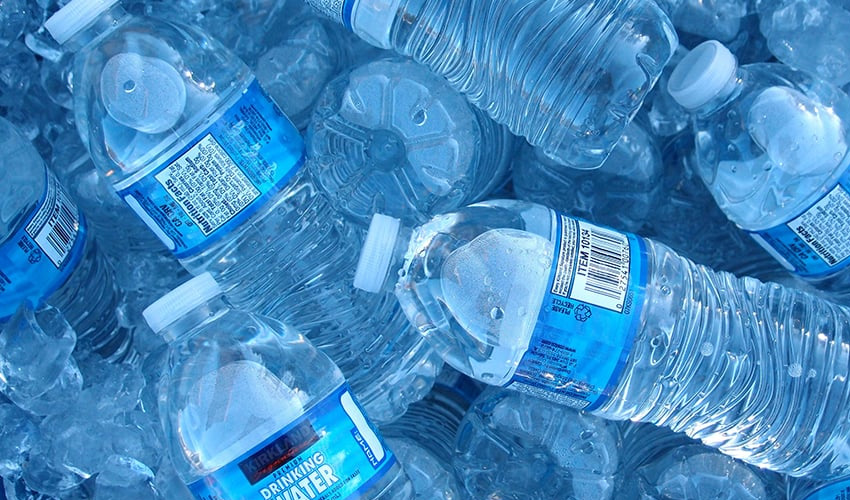In a groundbreaking study, researchers have uncovered startling revelations about the presence of nanoplastics in bottled water, challenging previous estimates.
Employing innovative technology, the study found that one litre of water, equivalent to two standard-size bottled waters, contains an average of 240,000 plastic particles, with 90% identified as nanoplastics.
These nanoparticles, measuring at 1,000th the average width of a human hair, raise concerns as they can infiltrate the body's cells, potentially distributing synthetic chemicals throughout the bloodstream.
Researchers from Columbia University introduced a revolutionary technology that can see, count, and analyze the chemical structure of nanoparticles in bottled water. This cutting-edge approach revealed that three popular brands of water sold in the United States contained between 110,000 and 370,000 plastic bits per litre, challenging previous findings.
The new technique, known as stimulated Raman scattering microscopy (SRS), utilizes a second laser to amplify signals, enabling the detection of previously unseen nanoparticles in microseconds.
Experts urge caution
The study's findings reinforce longstanding advice from experts, including Sherri "Sam" Mason, director of sustainability at Penn State Behrend, to opt for tap water from glass or stainless steel containers.
Mason emphasizes the continuous shedding of plastics, highlighting that the tiny particles can break off during routine activities like opening plastic containers. The potential health risks associated with widespread exposure to minuscule plastic particles, especially for infants and young children, remain largely unstudied.
Nanoplastics carry chemicals into body
Researchers emphasize that the chemicals used in plastic manufacturing can be carried into the body by nanoplastics, potentially reaching vital organs such as the liver, kidneys, and even the brain.
The study draws attention to the largely unexplored territory of whether the plastic polymer itself may also pose harm to the human body.
Pregnant mice studies indicate the presence of plastic chemicals in various organs of the developing baby, with potential implications for human health.
Industry responds
The International Bottled Water Association, representing the industry, responded to the study's findings, stating that the new method needs comprehensive review by the scientific community.
They emphasised the lack of standardized methods and scientific consensus on the potential health impacts of nano- and microplastic particles, cautioning against unnecessarily alarming consumers. The association called for additional research to develop standardized methods for measuring and quantifying nanoplastics in the environment.
This groundbreaking study sheds light on the pervasive issue of nanoplastics in bottled water, urging consumers to reconsider their choices and raising critical questions about the potential health risks associated with widespread exposure.
By Talal Ahmed.



























